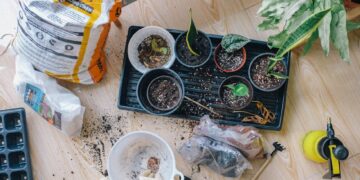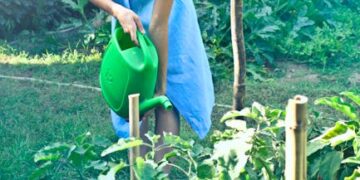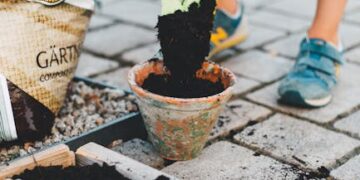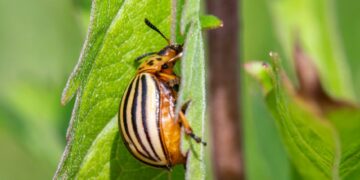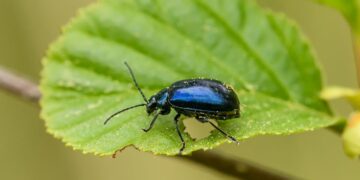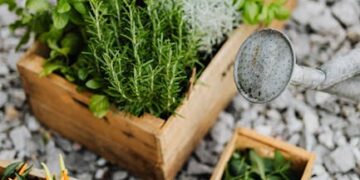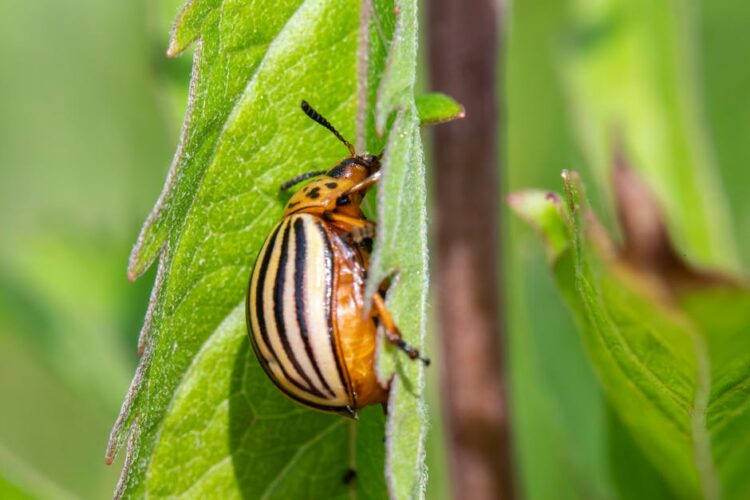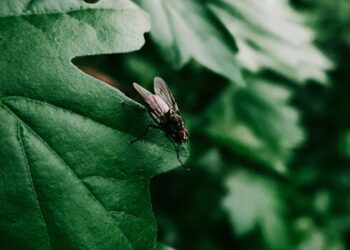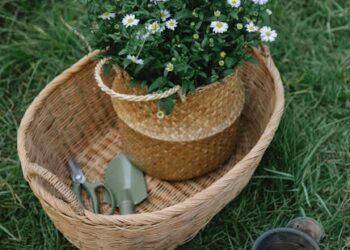Unlock the Power of Nature: Effective Natural Solutions for Garden Fungal Infections
Have you ever noticed unsightly spots or moldy coatings on your garden plants? These symptoms might point to a fungal infection, a common ailment that can devastate an otherwise healthy garden. But fear not! You can tackle these issues effectively using natural methods that are both safe and sustainable. Let’s explore how you can harness the power of nature to keep your garden flourishing and free from fungal foes.
Understanding Garden Fungal Infections
Fungal infections in the garden are more than just a cosmetic issue; they can severely affect the health of your plants. Common types include powdery mildew, rust, and blight, each causing distinct symptoms and damage. These fungi thrive in specific conditions, typically warm and humid environments, and can be tough to eradicate once established.
Common Symptoms of Fungal Infections
- White, powdery coating on leaves and stems.
- Brown or orange spots on leaves.
- Wilting and decay of plant tissues.
Understanding these symptoms is the key to early detection and treatment, helping you maintain a healthy garden environment.
Natural Solutions to Combat Fungal Diseases
While chemical fungicides are commonly used to deal with fungal infections, they can have negative effects on the environment and beneficial garden organisms. Fortunately, there are effective natural alternatives you can use to protect your plants and the planet.
1. Baking Soda Spray
A simple yet effective remedy, baking soda alters the pH on the surface of plant leaves, making it less hospitable to fungus spores. To create a baking soda spray:
- Mix 1 tablespoon of baking soda with a gallon of water.
- Add a teaspoon of vegetable oil to help the solution adhere to the leaves.
- Spray on the affected areas, avoiding direct sunlight to prevent leaf burn.
2. Milk Mixture
Surprisingly, milk has fungicidal properties that can help manage fungal growth. The exact mechanism isn’t fully understood, but it’s believed that milk’s proteins react with sunlight, creating an antiseptic effect. Use this method by:
- Mixing one part milk with nine parts water.
- Spraying the mixture on your plants every two weeks, particularly on sunny days, for the best results.
3. Neem Oil
Extracted from the seeds of the neem tree, neem oil is revered for its pest-repellent and medicinal properties. It also works well against fungal diseases. For effective use:
- Mix 2 teaspoons of neem oil with a gallon of water and a few drops of dish soap (which acts as an emulsifier).
- Spray it liberally on affected plants every seven to fourteen days until the fungus is under control.
4. Garlic Extract
Garlic isn’t just for warding off vampires; it’s also potent against fungal pathogens. Garlic contains allicin, a natural antifungal substance. To use garlic as a fungicide:
- Crush several cloves of garlic and steep them in hot water for a day.
- Strain the solution and spray it on the affected plants.
Preventive Measures for Garden Health
Prevention is always better than cure, especially in gardening. Here are some preventive tips to help you keep fungal infections at bay:
Improving Air Circulation and Sunlight Exposure
Most fungi thrive in damp, shaded conditions, so improving air circulation and increasing sunlight can help prevent infections. Prune excess foliage regularly and space your plants adequately.
Maintaining Soil Health
Healthy soil fosters healthy plants that are more resistant to diseases. Incorporate organic matter like compost into your soil to improve its structure, drainage, and nutrient content.
Watering Practices
Overwatering can create ideal conditions for fungal growth. Water your plants in the morning so that the foliage has time to dry out during the day, and always water at the base to minimize wetting the leaves.
Conclusion: Embrace the Natural Path
Managing garden fungal infections naturally not only helps preserve your plants but also protects pollinators, soil health, and your local ecosystem. By using these natural solutions and practicing preventive measures, you can enjoy a vibrant, thriving garden. Embrace these earth-friendly strategies and watch your garden grow in harmony with nature!

